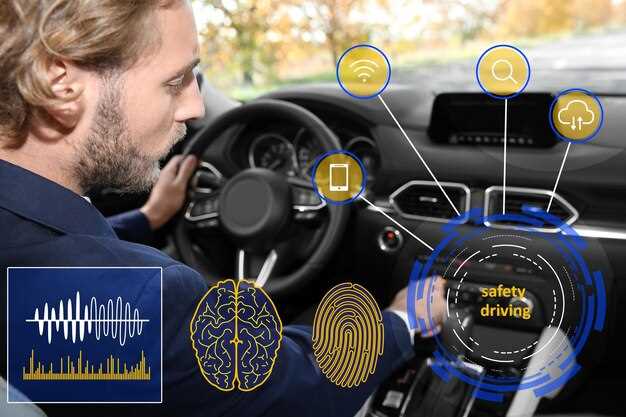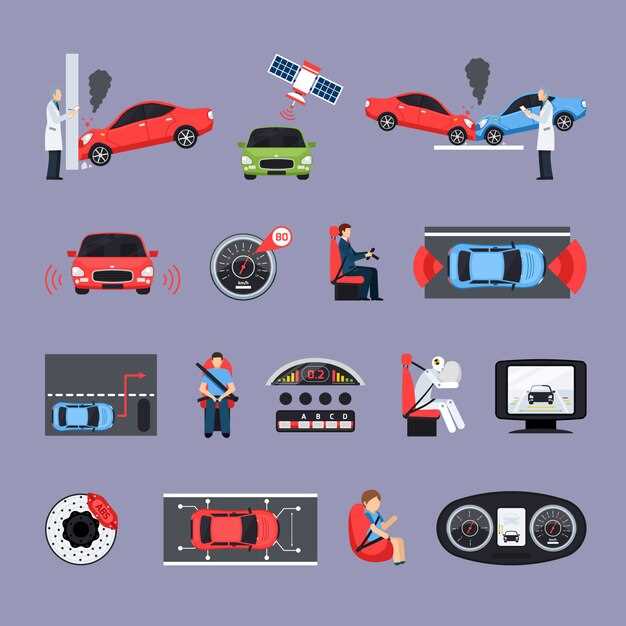
In the rapidly evolving world of automotive technology, Advanced Driver Assistance Systems (ADAS) have become a cornerstone of modern vehicle design. These smart systems are not merely optional add-ons; they represent a significant leap towards enhancing driver safety and overall road experience. Among the myriad features offered by ADAS, Lane Assist holds a pivotal role, guiding drivers to maintain their intended lane and prevent unintentional drifting.
Braking systems integrated within ADAS are equally vital, providing a safety net in critical situations. By employing advanced algorithms and real-time data, these braking systems can detect potential collisions and automatically apply the brakes if the driver fails to respond in time. This dual approach of assistance not only augments driver awareness but significantly reduces the likelihood of accidents, making every journey safer.
By understanding these features–along with others like adaptive cruise control and automatic parking–drivers can fully leverage the capabilities of modern vehicles. Embracing the smart technologies embedded in ADAS not only enhances convenience but reinforces the commitment to safety on the roads. As we delve deeper into the specifics of Lane Assist and related functionalities, it becomes clear that these innovations provide invaluable support to drivers in their everyday travels.
How Lane Assist Works: Technology Behind the System

Lane Assist is a smart technology designed to enhance driver safety by preventing unintended lane departures. The system uses a combination of cameras, sensors, and advanced algorithms to monitor lane markings on the road. By analyzing the vehicle’s position relative to these markings, Lane Assist can determine if the driver is straying out of the designated lane.
The backbone of Lane Assist technology includes a forward-facing camera that captures real-time images of the road ahead. This camera detects lane boundaries, typically white or yellow lines. The system processes this information using image recognition algorithms to accurately interpret the vehicle’s placement within the lanes.
When the system identifies that the driver is drifting out of their lane without signaling, it activates various assistive features. These may include visual alerts on the dashboard or steering wheel vibration to prompt the driver to correct their course. In more advanced versions, Lane Assist can subtly steer the vehicle back into the lane, providing additional support and reducing the risk of accidents caused by distraction or drowsiness.
Lane Assist technology continuously learns from the driver’s behavior, becoming more adept at understanding their driving patterns. This adaptability allows the system to provide more effective assistance, contributing to a safer driving experience. As a smart feature within Advanced Driver-Assistance Systems (ADAS), Lane Assist exemplifies the integration of cutting-edge technology with everyday driving, reinforcing the role of drivers while enhancing their safety on the road.
Safety Benefits of Advanced Driver-Assistance Systems

Advanced Driver-Assistance Systems (ADAS) significantly enhance vehicle safety through a range of smart features designed to assist drivers. These systems include lane assist, adaptive cruise control, and automatic emergency braking, all of which work together to mitigate risks on the road.
One of the primary safety benefits is the reduction of human error. ADAS employs sensors and cameras to monitor surroundings, alerting drivers to potential hazards and enabling timely responses. For instance, lane assist technology helps maintain vehicle positioning within the lane, reducing the chances of unintentional lane drifting, a common cause of accidents.
Automatic emergency braking is another crucial feature. It automatically applies brakes when a collision is imminent, substantially lowering the severity of accidents or preventing them altogether. This proactive approach not only protects the driver but also safeguards other road users, including pedestrians and cyclists.
Moreover, adaptive cruise control enhances safety by adjusting vehicle speed according to traffic conditions. This smart feature minimizes the risk of rear-end collisions by maintaining a safe following distance, allowing for smoother and safer driving experiences in varying traffic scenarios.
Additionally, ADAS contributes to driver awareness through alerts and notifications, helping to keep attention focused on the road. By integrating these smart technologies, vehicles equipped with ADAS provide a safer driving environment, fostering a culture of road safety that benefits everyone.
Practical Tips for Maximizing Driver Assist Features
To fully benefit from driver assist technologies such as Lane Assist and braking systems, it’s crucial for drivers to understand how these features work and to use them effectively. Here are some practical tips to enhance your experience and safety on the road.
Firstly, familiarize yourself with the specific functionalities of your vehicle’s driver assist features. Study the owner’s manual or attend a demonstration at your dealership. Understanding the capabilities and limitations of these smart systems can help you make informed decisions while driving.
Always keep your system updated. Manufacturers often release software updates that enhance performance and introduce new features. Regularly check for updates to ensure your driver assist systems function optimally, contributing to your safety.
Use these features as aids rather than replacements for vigilant driving. While systems like Lane Assist can guide you within lanes, remaining attentive to your surroundings is vital. Actively participate in the driving process to maximize the safety these technologies offer.
Adjust the settings of your driver assist features according to your preferences and driving conditions. Many vehicles allow customization of alerts and sensitivity levels. Tailoring these settings can reduce distractions and enhance safety during different driving scenarios.
Practice using these features in less congested areas. Gaining confidence in a controlled environment allows you to understand how systems respond to real-world situations, ensuring you’re prepared when you encounter busy traffic.
Finally, maintain clear visibility around your vehicle. Regularly clean sensors and cameras that support driver assist technologies. Obstructions can impair functionality, thus compromising your safety.
By following these practical tips, you can maximize the potential of your vehicle’s driver assist features, ensuring a smarter and safer driving experience.




